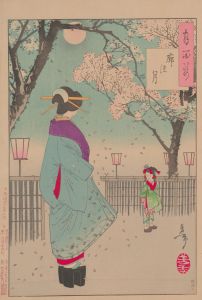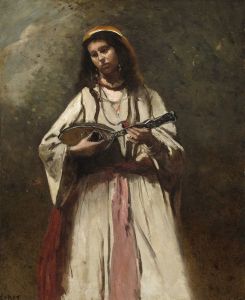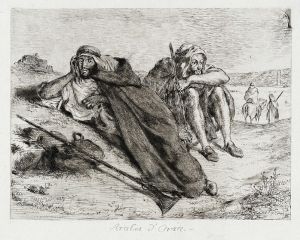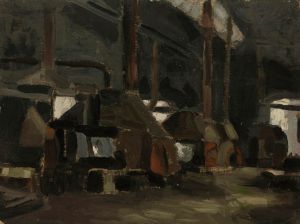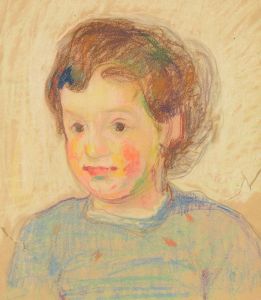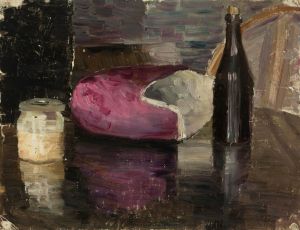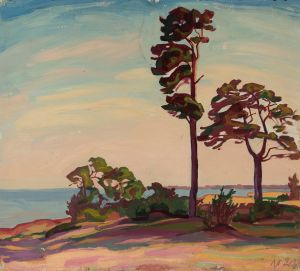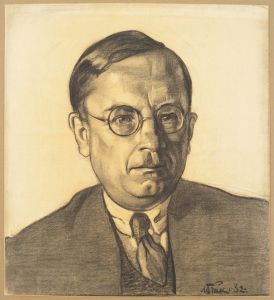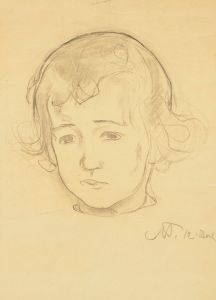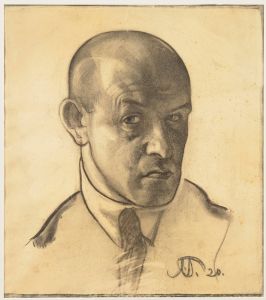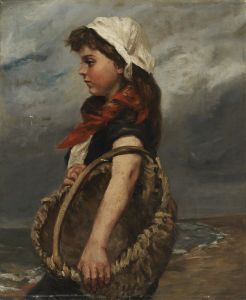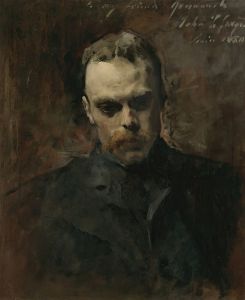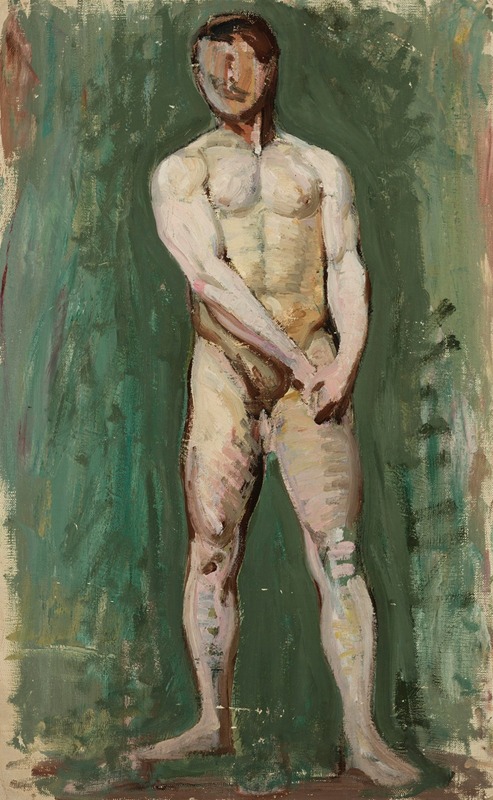
Seisev meesakt
A hand-painted replica of Nikolai Triik’s masterpiece Seisev meesakt, meticulously crafted by professional artists to capture the true essence of the original. Each piece is created with museum-quality canvas and rare mineral pigments, carefully painted by experienced artists with delicate brushstrokes and rich, layered colors to perfectly recreate the texture of the original artwork. Unlike machine-printed reproductions, this hand-painted version brings the painting to life, infused with the artist’s emotions and skill in every stroke. Whether for personal collection or home decoration, it instantly elevates the artistic atmosphere of any space.
Nikolai Triik was an influential Estonian artist known for his contributions to modernist painting in the early 20th century. One of his notable works is "Seisev meesakt," which translates to "Standing Male Nude." This painting exemplifies Triik's engagement with modernist themes and techniques, reflecting the broader European art movements of his time.
Triik was born on August 7, 1884, in Tallinn, Estonia, and he pursued his artistic education in various European cities, including St. Petersburg, Paris, and Munich. His exposure to different art movements, such as Impressionism, Symbolism, and Expressionism, significantly influenced his style. Triik was part of the "Noor-Eesti" (Young Estonia) movement, which sought to modernize Estonian culture and art by integrating European influences while maintaining a distinct national identity.
"Seisev meesakt" is a testament to Triik's skill in capturing the human form with a modernist sensibility. The painting features a male figure standing in a poised and contemplative manner. Triik's use of color and form demonstrates his departure from traditional academic art, embracing a more expressive and abstract approach. The brushwork in "Seisev meesakt" is dynamic, with bold lines and a vibrant palette that highlights the contours of the male body. This approach aligns with the Expressionist movement, which emphasized emotional experience over physical reality.
The painting reflects Triik's interest in the human figure as a subject, a common theme in his body of work. By focusing on the nude form, Triik explores themes of vulnerability, strength, and the essence of humanity. His treatment of the subject matter is both respectful and innovative, showcasing his ability to blend classical themes with modernist techniques.
Triik's work, including "Seisev meesakt," played a significant role in the development of Estonian art. He was instrumental in introducing modernist ideas to Estonia, influencing a generation of artists who followed. His paintings often incorporated elements of Estonian folklore and landscapes, contributing to a national artistic identity that resonated with the cultural aspirations of the time.
Throughout his career, Triik participated in numerous exhibitions, both in Estonia and internationally. His work was well-received, and he became a prominent figure in the Estonian art scene. Despite facing challenges, including political upheaval and personal struggles, Triik remained committed to his artistic vision.
Nikolai Triik passed away on August 12, 1940, in Tallinn. His legacy endures through his contributions to modernist art and his influence on Estonian cultural development. "Seisev meesakt" remains an important piece within his oeuvre, reflecting his mastery of form and his innovative spirit.
In summary, "Seisev meesakt" by Nikolai Triik is a significant work that captures the essence of early 20th-century modernism through its expressive portrayal of the human form. Triik's ability to blend traditional themes with modern techniques has left a lasting impact on Estonian art, making him a pivotal figure in the country's artistic history.





